
DESCRIPTION
By creating STRIVE we want to provide acute help in dire situations, pass the time while waiting for therapy, and guide the user on the way to self-improvement.
PROBLEM
Mental Health plays a big role in our society, especially for young adults. Alot of them are not aware of the steps they can take towards betterment or how to find a therapist to help.
PROCESS

OUTLINE
This project was developed in the context of my bachelor's degree, developed in a period of 4 months.
I worked together with my fellow students Lucie Wittmer and Vanessa Weber. My role was researching types of therapys, mental illnesses, preparing and conducting expert interviews, creating personas and design conception of various features. I also was involved in designing the final UI.
RESEARCH
SURVEY
Through a general anonymous survey of 134 students at the Hochschule für Gestaltung Schwäbisch Gmünd and other universities, we wanted to find out how many people with mental health problems are affected, which mental health problems the students struggle with the most and what helps them to counteract them.
Most common mental health problems are depression, anxiety disorders and panic attacks.
INTERVIEW
Psychologist from the Studierendenwerk in Stuttgart
As we did not yet have an expert's perspective, we were able to use the opportunity to give the psychotherapist a better overview of the topic.
Those affected are aged 20-30 and are currently undergoing therapeutic treatment or have already been in treatment.
43
Depression
35
Panicattacks
28
Anxiety Disorder
"An application is no replacement for therapy and students can help themselves and prevent mental health problems with certain tools."
CHALLENGE
How can we speed up the search for a therapy place and shorten the waiting time?
How can we provide information for mental health problems?
How can we personalize therapeutic help?
SOLUTION
Focusing on education and exchange.
Those affected want to exchange ideas with like-minded people to gain a better understanding of their problems and get suggestions on what might help. They don't know what they are dealing with, how to get a therapy place, and why it is so difficult to get one.
We want to provide answers to these and many other questions for those affected.
OVERVIEW
INFORMATION ARCHITECTURE
We categorized the content into 5 different sections. In this way, we want to be able to offer individual content according to personal interest and promote personal well-being.
SCREENS
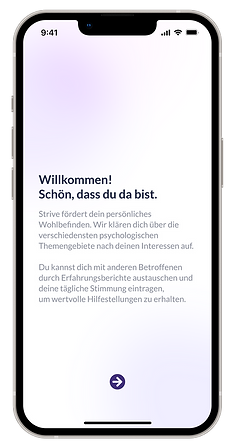
ONBOARDING
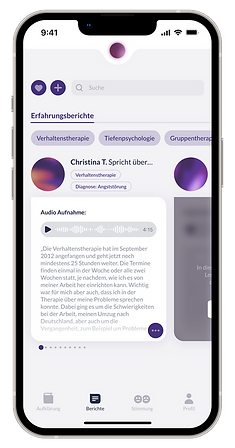
REPORTS
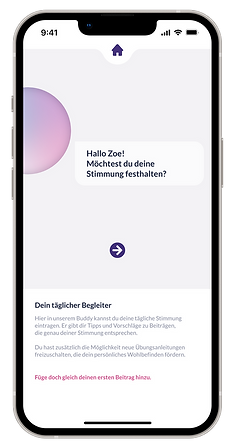
BUDDY

EDUCATION
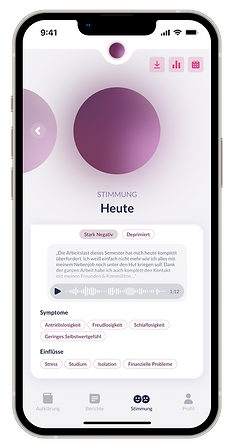
MOOD
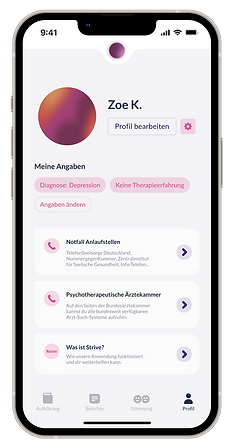
PROFILE







